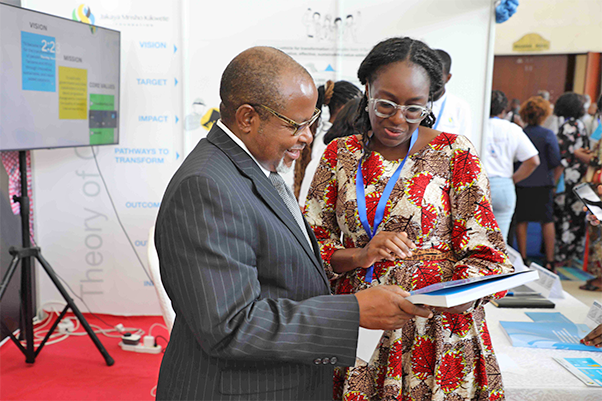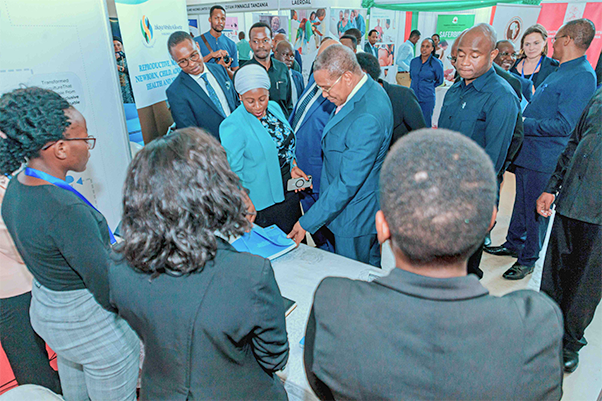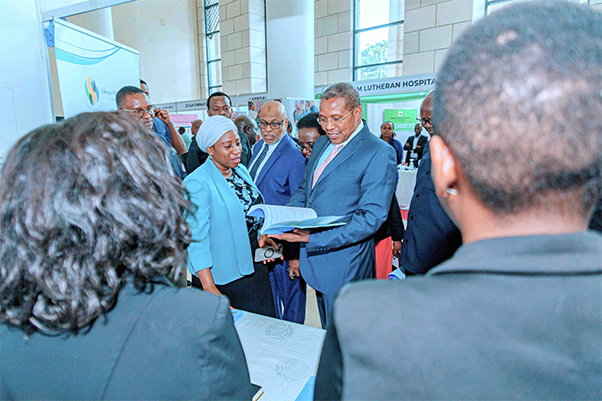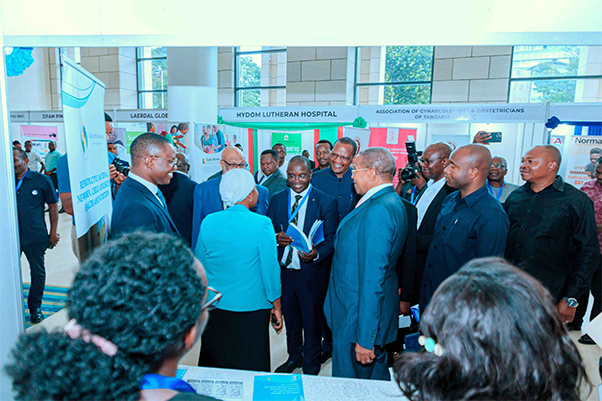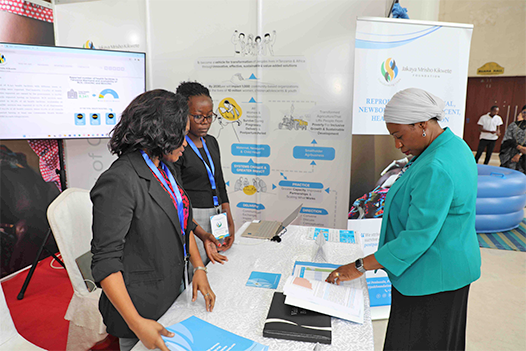Pregnancy and childbirth complications remain among the leading causes of death, disease, and disability among women of reproductive age in Tanzania.
Despite national strategies and programs to reduce maternal and neonatal deaths, a comprehensive national documentation of these interventions in Tanzania and their impacts has not been conducted.
To address this gap, the Jakaya Mrisho Kikwete Foundation (JMKF), in collaboration with the Ministry of Health (MoH), the President’s Office —Regional Administrative and Local Government (PO-RALG), and the National Institute for Medical Research (NIMR), conducted a comprehensive national mapping of current and past interventions.
This mapping aimed to establish a national baseline report on Tanzania’s Maternal and Newborn Health (MNH) landscape, identifying interventions, gaps, and opportunities in MNH that will guide planning at all levels.
The mapping was conducted in 184 councils across 26 regions of Tanzania’s mainland from January 2016 to June 2021.
This was to address maternal and newborn deaths in Tanzania mainland, which aligns with strategic objective 4, target 2.6 on the generation and use of evidence to improve Reproductive, Maternal, Newborn, Child, and Adolescent Health (RMNCAH) services of the 2021-25 National Strategic Plan for Reproductive, Maternal, Newborn, Child Adolescent Health and Nutrition in Tanzania.
As a result, 8,341 health facilities with different ownership levels were reported, with the government owning the majority (72.9%) of them, and some 11 (6.0%) councils reported having no hospitals.
RCH services were reported in 86.0% of all health facilities. BEmONC services were available in 53.7% of all dispensaries and 69.5% of all health centres. About 63.0% of all councils reported having at least one Community Health Worker (CHW) in each village/street.
Some 8,789,714 deliveries were documented, with 87,136 (1.0%) stillbirths (2016-2020). Most deliveries occurred in dispensaries (39.1%) and health centres (24.9%). A total of 8,320 maternal deaths and 44,393 neonatal deaths were reported (2016-2021). Obstetric haemorrhage (43.2%) was reported as a significant cause of maternal deaths. In comparison, birth asphyxia (40.6%) was reported to be a significant cause of neonatal deaths.
From 2016 to 2021, 182 (98.9%) of all councils reported receiving health basket funds to implement different MNH interventions, and 119 (64.7%) councils reported allocating funds from their sources to implement MNH interventions. 44 IPs had 84 MNH interventions implemented in different councils in Tanzania Mainland.
Most of the MNH interventions implemented by both councils and IPs were targeted to address delay 3 in receiving adequate care.
This mapping first recommends scaling up effective MNH interventions that have been reported to reduce maternal and neonatal death.
The other recommendation is improving MNH intervention coverage. MoH and PORALG should list areas that need additional MNH investments and request partner organizations focus on those areas.
Also, to enhance CHWs, PORALG, and LGAs coverage, ensure each village/street has at least one CHW, clearly define the scope of work, and establish a standard incentive structure.
Last but not least, health information data availability at all levels should be improved as there is a mismatch of information provided
